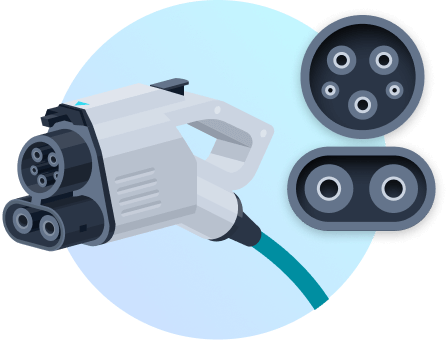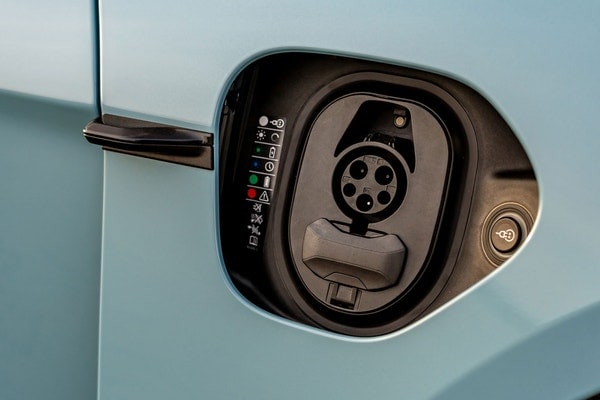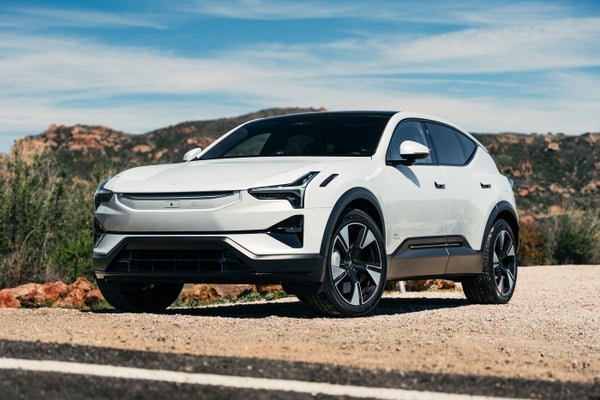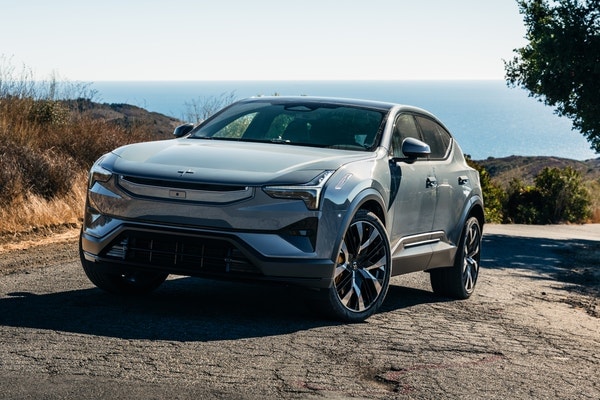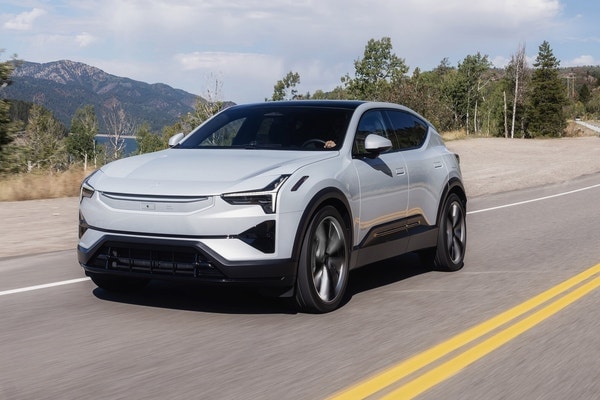2024 Polestar 2
Price Range: $49,900 - $63,000
Helpful shopping links
2024 Polestar 2 video
New Polestar 2 Review & First Look — 2021 Polestar 2 EV Price, Release Date, Interior Vs. Tesla
NOTE: This video is about the 2021 Polestar 2, but since the 2024 Polestar 2 is part of the same generation, our earlier analysis still applies.
Alistair Weaver jumps in the driver's seat of the newest electric car on the block, the 2021 Polestar 2. An offshoot of Volvo, Polestar is here for one reason, and one reason only: to take aim at Tesla's firm grasp on the EV market established by its Model 3 and Model Y. Join us as we cover everything you need to know about this new luxury EV — price, release date,… range, etc. — and see how the Polestar 2 stacks up against the mighty Tesla Model 3 and Tesla Model Y.
PRICE CHECKER™
Check a dealer's price
Bring back a dealer's quote, and we'll tell you if it's a good price!
Check your price quote
Price:
$ -
Graph shown is a sample only
FAQ
Is the Polestar 2 a good car?
The Edmunds experts tested the 2024 2 both on the road and at the track, giving it a 8.0 out of 10. Edmunds’ consumer reviews show that the 2024 2 gets an average rating of 4 stars out of 5 (based on 32 reviews) What about cargo capacity? When you're thinking about carrying stuff in your new car, keep in mind that the 2 has 15.5 cubic feet of trunk space. And then there's safety and reliability. Edmunds has all the latest NHTSA and IIHS crash-test scores, plus industry-leading expert and consumer reviews to help you understand what it's like to own and maintain a Polestar 2. Learn more
What's new in the 2024 Polestar 2?
According to Edmunds’ car experts, here’s what’s new for the 2024 Polestar 2:
- More range and power for single- and dual-motor variants
- Single-motor trim capable of faster DC charging
- Single-motor models are now rear-wheel-drive
- Part of the first Polestar 2 generation introduced for 2021
Is the Polestar 2 reliable?
To determine whether the Polestar 2 is reliable, read Edmunds' authentic consumer reviews, which come from real owners and reveal what it's like to live with the 2. Look for specific complaints that keep popping up in the reviews, and be sure to compare the 2's 4-star average consumer rating to that of competing vehicles. Learn more
Is the 2024 Polestar 2 a good car?
There's a lot to consider if you're wondering whether the 2024 Polestar 2 is a good car. Edmunds' expert testing team reviewed the 2024 2 and gave it a 8.0 out of 10. Our consumer reviews show that the 2024 2 gets an average rating of 4 stars out of 5 (based on 32 reviews). Safety scores, fuel economy, cargo capacity and feature availability should all be factors in determining whether the 2024 2 is a good car for you. Learn more
How much should I pay for a 2024 Polestar 2?
The least-expensive 2024 Polestar 2 is the 2024 Polestar 2 Long Range Single Motor 4dr Hatchback (electric DD). Including destination charge, it arrives with a Manufacturer's Suggested Retail Price (MSRP) of about $49,900.
Other versions include:
- Long Range Single Motor 4dr Hatchback (electric DD) which starts at $49,900
- Long Range Single Motor Plus 4dr Hatchback (electric DD) which starts at $52,100
- Long Range Dual Motor 4dr Hatchback AWD (electric DD) which starts at $55,300
- Long Range Dual Motor Plus 4dr Hatchback AWD (electric DD) which starts at $57,500
- Long Range Dual Motor Performance Plus 4dr Hatchback AWD (electric DD) which starts at $63,000
What are the different models of Polestar 2?
If you're interested in the Polestar 2, the next question is, which 2 model is right for you? 2 variants include Long Range Single Motor 4dr Hatchback (electric DD), Long Range Single Motor Plus 4dr Hatchback (electric DD), Long Range Dual Motor 4dr Hatchback AWD (electric DD), and Long Range Dual Motor Plus 4dr Hatchback AWD (electric DD). For a full list of 2 models, check out Edmunds’ Features & Specs page. Learn more





